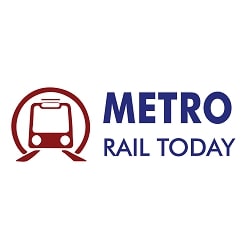 MRT Corp to finalise contractor for construction of 29.5 km Penang LRT Mutiara Line
MRT Corp to finalise contractor for construction of 29.5 km Penang LRT Mutiara Line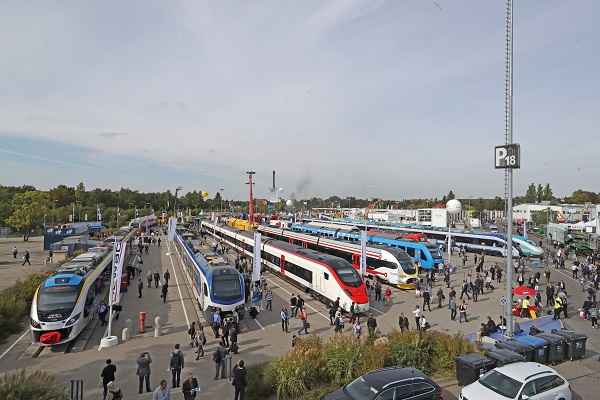 Global Rail Industry to Reach $436Bn by 2030 - Digitalization and Sustainability Lead the Track
Global Rail Industry to Reach $436Bn by 2030 - Digitalization and Sustainability Lead the Track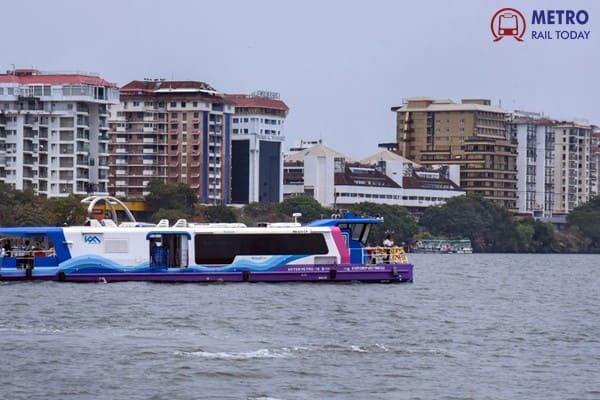 Delhi Metro enters Maritime Logistics Sector with Deendayal Port e-FTS Project
Delhi Metro enters Maritime Logistics Sector with Deendayal Port e-FTS Project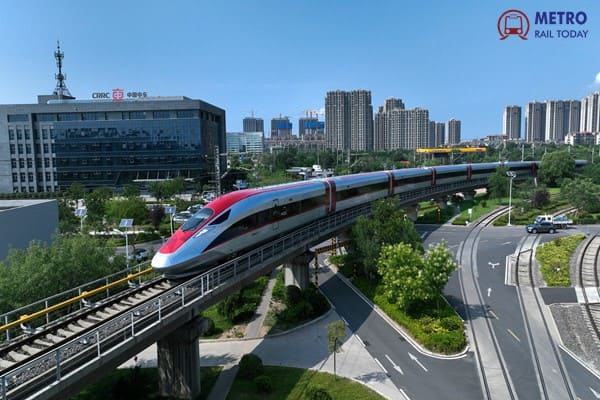 China’s CR450 Bullet Train hits 450 kmph, Becomes fastest Train in the World
China’s CR450 Bullet Train hits 450 kmph, Becomes fastest Train in the World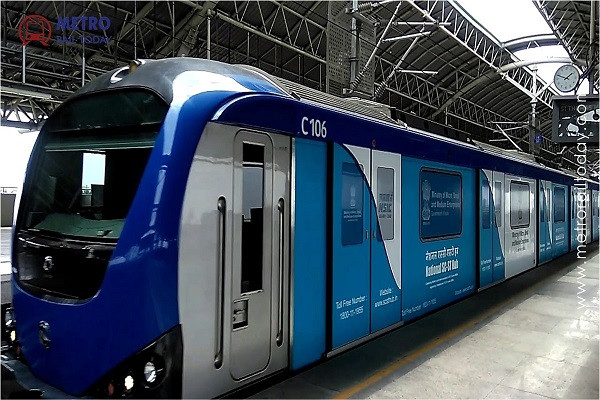 Faiveley signs ₹48.33 cr contract to install Anti-Drag Safety System in Chennai Metro Phase 1 Trains
Faiveley signs ₹48.33 cr contract to install Anti-Drag Safety System in Chennai Metro Phase 1 Trains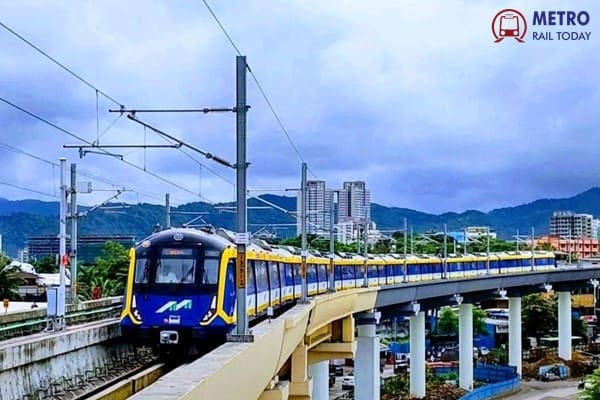 Tender floated to appoint Consultant for ₹23,487 crore Mumbai Metro Line 11
Tender floated to appoint Consultant for ₹23,487 crore Mumbai Metro Line 11 Kolkata Metro invites Bids for ₹43.2 Crore Aluminium Third Rail installation on Blue Line
Kolkata Metro invites Bids for ₹43.2 Crore Aluminium Third Rail installation on Blue Line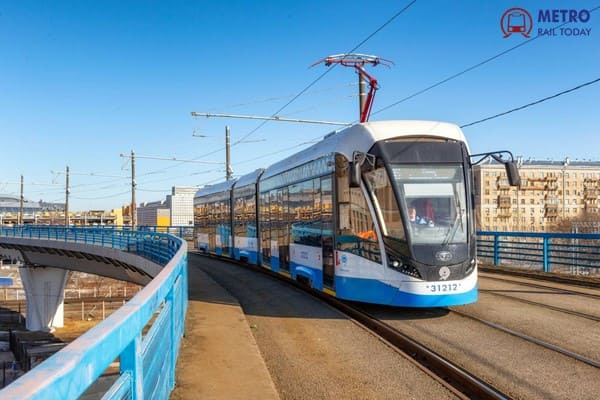 Alstom rolls out first Flexity 2 Tram for Melbourne’s Next-Gen G Class Fleet
Alstom rolls out first Flexity 2 Tram for Melbourne’s Next-Gen G Class Fleet Bearing Pad falls from Dhaka Metro Rail Viaduct, Killed One Pedestrian, Two Injured
Bearing Pad falls from Dhaka Metro Rail Viaduct, Killed One Pedestrian, Two Injured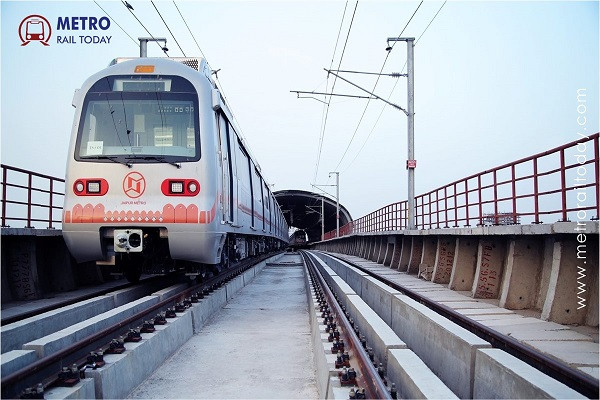 First global civil tender worth ₹1,145 crore launched for Jaipur Metro Phase 2 Project
First global civil tender worth ₹1,145 crore launched for Jaipur Metro Phase 2 Project
Underground or Elevated Metro Rail – Which One is Better for India?
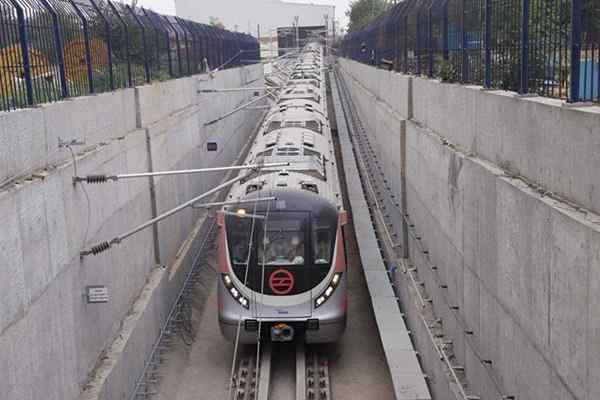
Since Kolkata Metro started back in 1984, India has seen a rapid expansion of metro rail in various cities. Delhi is leading and other cities are catching up e.g. Ahmedabad, Bengaluru, Chennai, Gurugram, Hyderabad, Jaipur, Kochi, Lucknow, Mumbai, Nagpur, Kanpur, Pune, and Navi Mumbai. A staggering 900+ km of metro lines are operational with 540 stations and a further 1000+ km of lines are under construction. There is no doubt MRTS like metro rail is a boon to commuters as it provides a safe, clean, comfortable, on-time, and affordable mode of transport.
I have been involved in the design and construction of metro rail for a decade in various capacities in different parts of India. It is found that the length of the Underground (UG) metro is much less than that of elevated ones in India. Residents are seen protesting elevated corridors near their houses. I would like to pen down my observations which may provoke some thoughts while deciding on a metro rail system.
UG metro is generally proposed in older dense parts of the city where roads are narrow and sharp turns are there which doesn’t allow elevated rail alignment without major demolitions. Otherwise, an elevated metro is proposed. So which metro rail system is good UG or elevated? Let's understand the railway alignment requirements first.
Railway Alignment
Railway alignment has certain restrictions in vertical gradient (about 3.5% maximum) and horizontal radius (about 150m). Elevated metro follows the existing roads as it is very difficult to get land beyond the road ROW i.e. right of way. Land is precious if not rare and the acquisition or demolition of buildings can stall a project. The elevated alignment also negotiates existing obstacles like road crossings, road flyovers, railway bridges, and even sometimes another elevated metro. More sharp turns mean more noise, more maintenance of rails, and perhaps compromised safety norms; frequent vertical and horizontal gradient/radius change means passenger discomfort. Thus, elevated alignment planning is governed by the city road network and very often the shortest and best alignment designs are heavily compromised which increases capital and operational costs.
Railway alignment for the UG metro, on the other hand, doesn’t have the above restraints and can be planned for the best performance. The horizontal curves and vertical gradients can be better, the distance between two points can be shorter as the line doesn’t necessarily need to follow the road above, land requirements are less, only entry/exit, ancillary buildings, and some utility shafts come above the ground. There are obvious engineering challenges during construction like safety of the buildings within the tunnel influence zones and station area, crossing under a water body, negotiating existing deep foundations, and unforeseen geology. However, these are known unknowns and have been well managed by the engineering expertise available within the UG fraternity.
Let us now consider the three pillars of sustainable development: Environment, Economic, and Social.
Environmental Impact: While UG stations consume a bit more material than elevated stations, overall consumption of materials is very low for UG metro as the elevated metro viaduct consumes huge concrete and steel per km compared to tunnel lining. However, the power consumption is about ten times more for the UG metro system mainly due to the Environmental Control System (ECS) and Tunnel Ventilation System (TVS). Hundreds, if not thousands, of trees, are cut to make way for elevated metro corridor destroying the already decaying green cover of the city. We need to add the social cost of traffic disruption, traffic jams, additional fuel burn, noise, and dust during the construction of the elevated metro. UG metro construction scores better on all these aspects. The impact of noise pollution during operation for elevated metro is far-reaching due to the proximity of buildings around.
Economic Impact: The elevated metro is popular as the upfront cost, which is mostly funded by borrowed money, is about three times less than the UG metro system. Also, the power consumption is about ten times less for elevated metro. However, this comes with a price the city is paying i.e. cost of land acquisition, cost of relocating surface and underground utilities like power, gas, sewer lines, etc., cost of land lost for the above-ground pier, portal pier along the corridor, stations, entry-exit, and narrowing of the road. The viaduct deck is closer even sometimes within two meters of the roadside property reducing the frontage value of shops, hotels, and commercial establishments, and a permanently shaded unused area under the viaduct is mostly not maintained.
Social Impact: Elevated metro changes the overall aesthetics of a prime road. It increases traffic congestion due to reduced carriageways to accommodate the large piers (about 2.5m width in the median is occupied), huge station building supports on roads, and its entry/exit structures on footpath/service roads. It reduces the green covers and roadside open spaces. Space below the viaduct and part of the stations are generally not used, not maintained, dimly lit at night, and create an unsafe environment for people around. Construction activity of elevated metro has a huge adverse impact due to traffic congestion, traffic diversion, unsafe road conditions, heavy construction vehicle/crane movement, utility disruption, noise, dust, and nighttime work.
Whereas, the UG metro has minimal visual impact and encroachment of the already congested city space. Cityscape is maintained, further beautification is possible, green cover can be increased, reduces the traffic congestion and overall quality of life is improved.
Thinking way forward
The high upfront cost cannot be a justification for discarding UG Metro. Stations contribute about 60% of UG project cost which can be reduced by planning appropriate station spacing say about 1.4 Km; short entry/exit subway allowing people to walk a little more for their good health; compact station having length less than 150m. The cost of tunnel boring machines (TBM) is another significant component. The tunneling cost can be reduced by making longer tunnel contract packages leading to the requirement of fewer TBMs, one precast segment manufacturing yard per city supplying segments to all, driving through the station portion, and building the station later as TBM operation is very fast and the critical path is station in UG project. The government should encourage setting up TBM manufacturing facilities in India and also provide incentives in terms of less tax on TBMs.
Metro rails in India are majorly funded with costly borrowed money so staged planning should be adopted to match with funding rather than opting for elevated metro and building an asset that permanently destroys the urban landscape and fabric of the society. UG metro is a better system for heavily urbanized areas and elevated may be a justifiable option for city outskirts where roads are wider. New townships or cities should be planned with spaces to accommodate metro alignment whether elevated or UG metro.
A holistic approach is very important to evaluate the best metro system for a city. It would be great to hear views from city dwellers, metro experts, urban planners, funding agencies, and metro authorities.
(This article is authored by Somnath Nandan, Vice President & Head of Engineering, Tata Projects Ltd)




